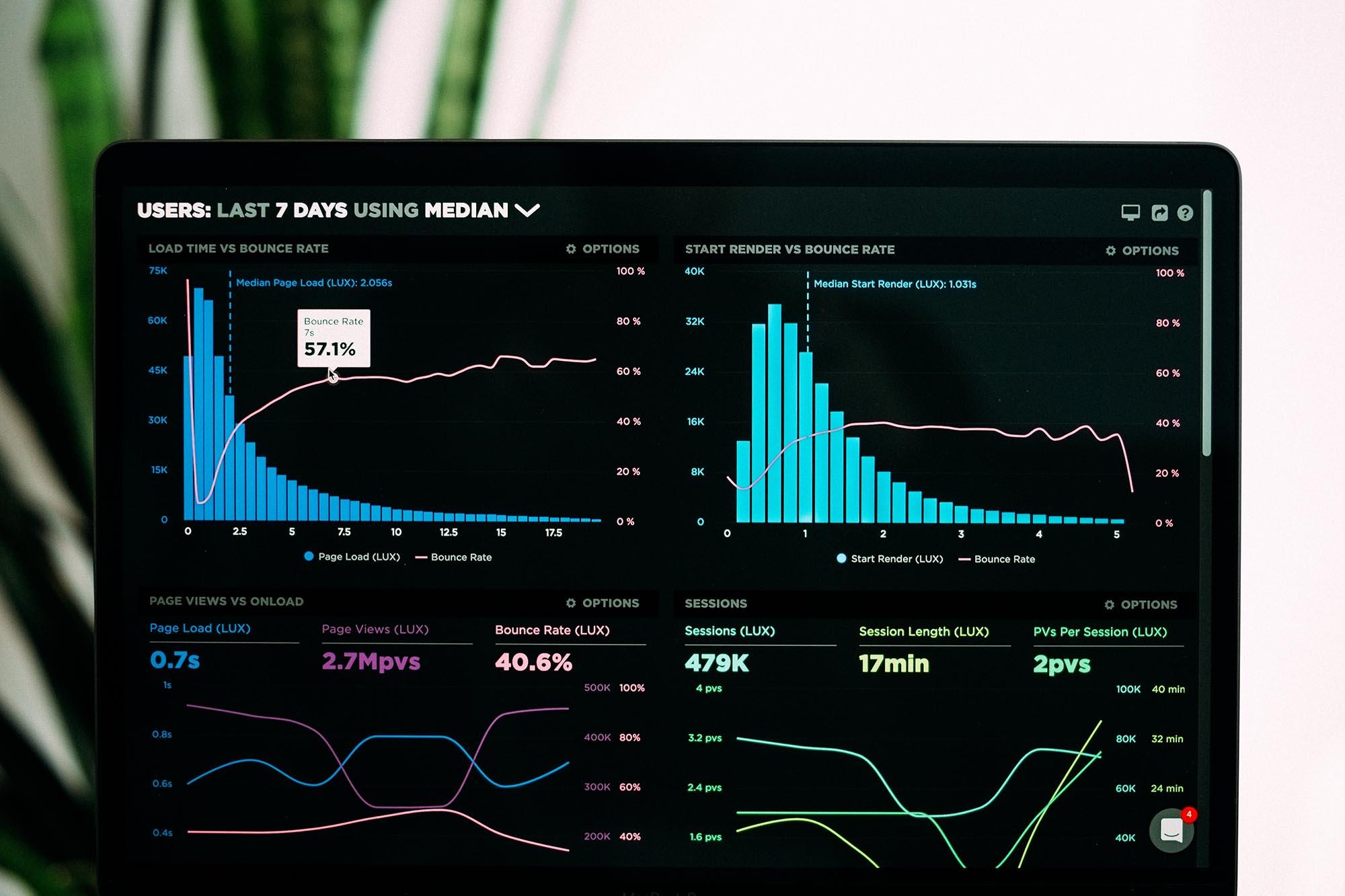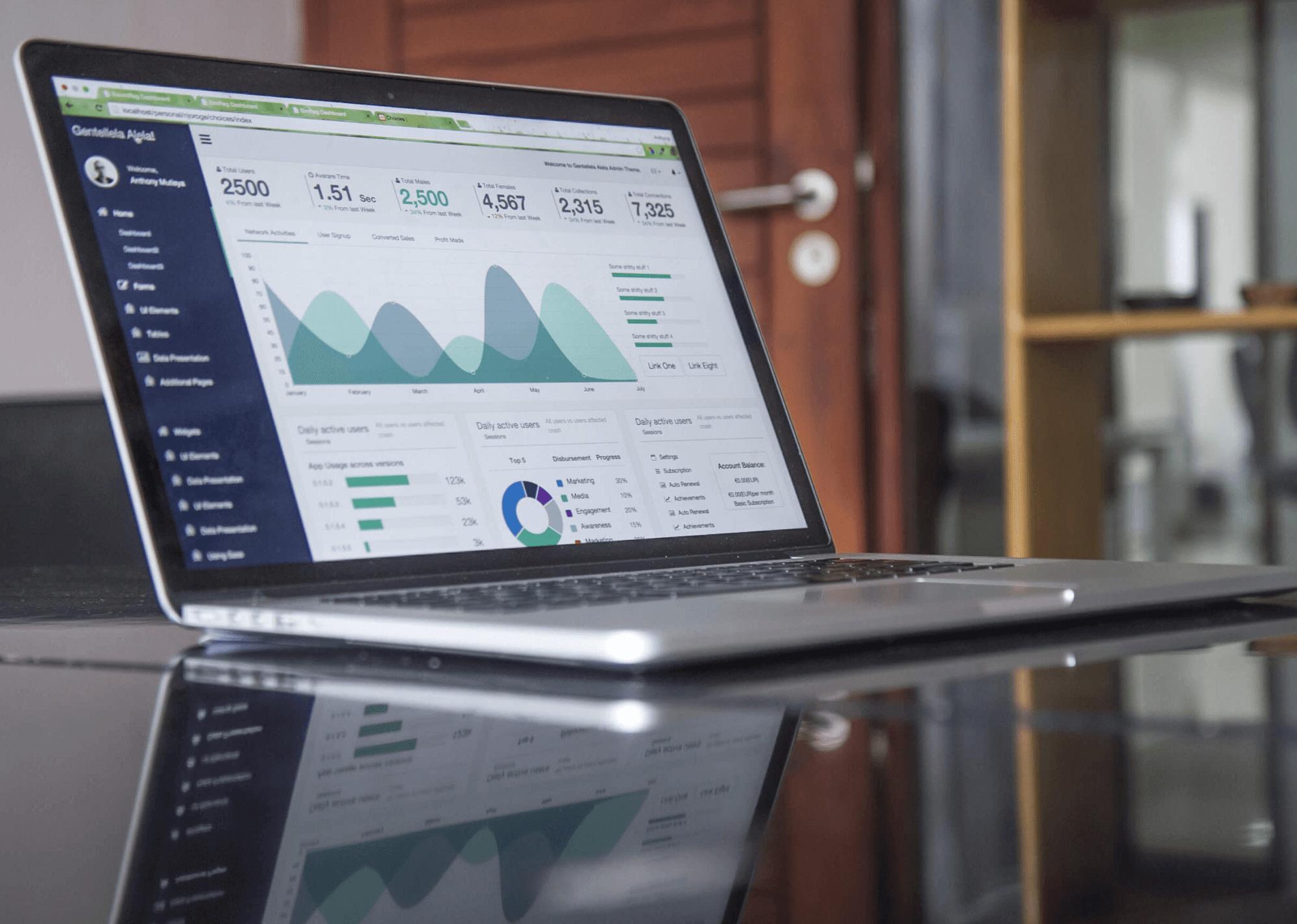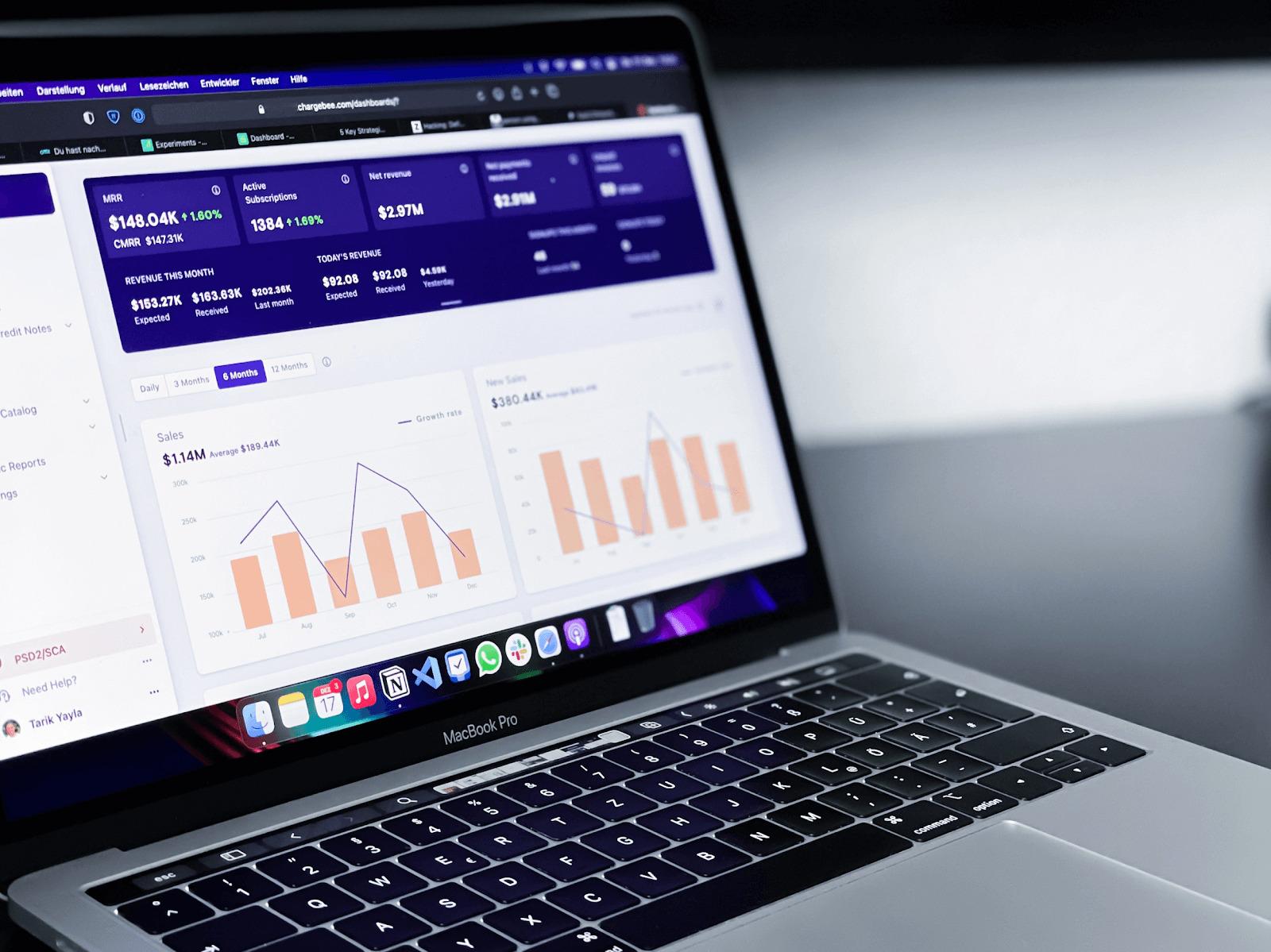What are the Steps of Conversion Optimization?

The conversion rate optimization or CRO process is spread across multiple steps. It starts with defining your goals and is an ongoing effort to keep driving results.
However, you must build a strong foundation for optimizing your conversion rate.
In this blog, we will explore how businesses can implement the conversion optimization process properly. You can use our insights to engage and retain your website visitors longer.
But before that, let’s discuss a little about the need for conversion rate optimization services.
The Importance of Conversion Rate Optimization Process for Businesses

Conversion rate optimization plays a crucial role in driving success for businesses in today’s digital landscape. Companies can achieve their objectives and generate revenues by focusing on conversion optimization.
No wonder the CRO software market is predicted to reach $1,932 million in 2026 from $771 million in 2018. The market will also grow at a CAGR of 9.6% during this period.
Below are a few reasons businesses focus on conversion rate optimization services:
Boost revenues
: More website visitors complete your desired action, leading to more revenue generation.
Increase sales
: Conversion optimization helps you increase sales without spending more on ads or marketing.
Increase revenue per transaction
: You can encourage customers to spend more per transaction to maximize your earnings.
Maximize marketing efforts
: Conversion optimization improves the outcomes of your marketing and ad campaigns to generate more ROI.
Maximize existing traffic
: You can convert more website visitors from your high-traffic pages instead of trying to attract more website traffic.
Enhanced user experience
: CRO requires user research and understanding of user behavior to improve UI and UX.
Improve cost efficiency
: Conversion rate optimization leads to lower customer acquisition costs, increased lifetime value, and higher profitability.
Gain a competitive edge
: You can establish a solid online presence and outperform your competitors through conversion optimization.
Now, let’s see how you can boost your conversion rates.
Effective Website Optimization Service and The Steps of Conversion Rate Optimization – CRO Stages
The conversion rate optimization process may look different for various organizations. However, a few common steps of conversion optimization apply to all businesses.
Let’s go over the primary conversion rate optimization steps applicable to most companies:
Define Goals and Metrics
You must define your goals and metrics before you start optimizing your conversions. It acts as a foundation and guides your CRO strategies.
Moreover, you can adopt a focused and measurable approach. Here is how you can define your goals and metrics:
Identify the Objectives of Your Landing Pages
Understand the purpose of each landing page and what you want to achieve. Do you want to generate leads and drive sales? Or do you need to increase your downloads and subscriptions?
It’s important that you set realistic and achievable goals from the beginning.
Establish Measurable Conversion Metrics
Set measurable metrics to track the progress and success of your optimization efforts. Your metrics should be:
Specific
Relevant
Time-bound
A few examples of common CRO goals and metrics include:
Boost conversion rate
– Measure the percentage of visitors who complete a desired action
Increase average order value
– Track the average amount spent in a single transaction
Improve click-through rate (CTR)
– Measure the percentage of users who click on a specific link or call-to-action (CTA)
Enhance lead-to-customer conversion rate
– Evaluate the percentage of leads that ultimately convert into paying customers
Understand Your Target Audience

Understanding your target audience is essential to optimize conversions. Accordingly, it requires thorough market research and gaining insights into user behaviors.
Subsequently, the process allows you to tailor your conversion optimization efforts to meet your audience’s specific needs and preferences.
Below are a few ways to understand your target audience:
Generate Customer Insights
Identify the demographics, preferences, and pain points of your audience. Particularly, you can rely on surveys, interviews, and feedback forms to gather data directly from your customers.
Alongside, analyze competitor strategies and testimonials to generate further understanding and qualitative data.
Create User Personas
Developing user personas is an excellent way to segment your audience. Here is what to do:
Define your audience’s characteristics
Understand their motivations and goals
Establish their challenges
Use your buyer personas as a reference to guide your conversion rate optimization. It will also help you personalize your messaging and user experience.
Use Analytics Tools
Many best tools to generate analytics are free, like Google Analytics. Significantly, they let you conduct user research on your website or landing page and collect quantitative data.
You can:
Measure metrics like page views, bounce rates, and engagement rates
Utilize heat maps, track clicks, and record user sessions
Identify patterns and areas of improvements
Understand how users interact with your site
Identify potential barriers to conversion
You can drive your business goals by understanding your audience better.
Conduct a Conversion Audit
It is crucial to perform a conversion audit of your web pages before implementing your conversion rate optimization services. The audit allows you to evaluate your target pages’ performance and identify what you need to improve.
Moreover, you can identify the bottlenecks in your conversion funnel. Here is a glimpse of how to conduct a conversion audit:
Analyze Your Current Website or Landing Page Performance
Follow the steps below to determine how your web pages perform:
Review the existing design, layout, and user interface
Evaluate the navigation, flow, and ease of performing desired actions
Assess the overall user experience of your website
Examine your existing content, including headlines, copy, and call-to-action
The exercise will help you understand how effectively your landing pages drive conversions.
Identify Potential Bottlenecks
It is necessary to find out obstacles that pose a threat to your conversion optimization. Here is what to do to identify bottlenecks:
Identify landing pages with high bounce rates, low engagement, or drop-offs
Conduct usability testing or gather feedback from users
Evaluating the effectiveness of your form fields and checkout processes
A/B test different variations of your copy, call-to-action, and landing page design
Analyze web page loading speed and mobile-friendliness
List all the barriers to address them in your conversion optimization.
Generate Hypothesis
You must generate ideas to improve your conversion rates. Hypotheses act as educated assumptions that guide your conversion optimization.
You can rely on insights generated in the steps above to form a better understanding:
Analyze the findings from your conversion audit, user research, and analytics data
Identify patterns, pain points, and areas of improvement that emerged during the audit
Leverage user personas to tailor your hypotheses to specific target segments
Prioritize Hypotheses
It is necessary to prioritize your hypotheses based on impact and feasibility. Therefore, assess each hypothesis significantly impacting your conversion rates and business goals.
Moreover, consider the resources, time, and technical capability required to test and implement each idea. Focus on hypotheses that can have a high potential and are feasible for you to implement.
You should test different strategies and document your hypotheses. Additionally, define your success metrics to measure performance.
It is recommended to outline the expected changes or outcomes.
Plan and Implement Experiments

Plan and implement experiments to validate your conversion optimization hypotheses. A/B or split testing, and multivariate testing can help you systematically test different variations of your website or landing page.
It is an excellent way to determine the conversion rate optimization techniques that work the best.
Here are a few tips for designing A/B or multivariate tests:
Define the elements or variables you want to test, like headlines, visuals, layout, or call-to-action
Develop several variations of your website or landing page to reflect your hypotheses
Each variation should focus on testing a single element or hypothesis for precise measurement
Split Traffic and Test Different Web Page Variations
Test several variations of your website to determine what works best. Here are a few insights to keep in mind:
Divide your website traffic into separate groups
Expose each group to a different variation
Randomly assign visitors to each variation to remove bias
Monitor behavior, engagement, and conversion rate for each variation
You can gather information to reject or support your hypotheses by testing. You can also implement the ideas that impact conversion rates the most.
Use Tools and Statistical Analysis
Run tests on platforms that offer statistical calculations to assess the validity of your test results. You should also measure key metrics like CTR and bounce rates to understand the impact of each variation.
Moreover, use statistical analyses to evaluate if the differences in outcomes are statistically significant.
Analyze Results and Learning
Now comes the time to analyze the results of testing different variations of your landing page. It will help you identify successful optimizations and factors that require further attention.
Review the quantitative data you gathered during your experiments. Additionally, analyze the statistical significance of each result.
Moreover, consider the overall performance metrics and specific user segments to comprehend the impact of the variations.
Identify Successful Variations
Track the variations and areas that require further work. You should:
Weigh the performance of different variations and identify the ones that outperformed others
Determine the factors within those variations that contributed to the improved performance
Identify any areas where the experiments did not yield the desired results
Extract Insights and Learnings
Generate insights from your data using the following ways:
Look for patterns or recurring themes in the data
Identify the underlying factors that improved conversion rates
Use your insights to form a better idea of your target users
Build a knowledge base with key findings
Iterate and Optimize
Conversion rate optimization requires continuous iteration and refinement. Below is a look at how you can make the most of the process.
Implement Changes based on Your Insights
Use your findings from testing variations and conducting experiments for further improvements. Correspondingly, update elements like your design and CTAs based on your insights.
However, ensure your changes align with your business goals and objectives.
Monitor Your Progress Constantly
Measure the impact of your strategies continuously to convert more potential customers. Here are a few tips to help you out:
Implement robust tracking and analytics tools to monitor the performance of your web pages
Establish conversion goals and track key metrics to measure the impact of the changes you implement
Regularly analyze the data and compare it with the baseline performance
Refine and Improve
You must be ready to repeat the whole cycle, as conversion rate optimization is an iterative process. Find the ideal frequency that suits you and aligns with your available resources.
Moreover, keep developing new hypotheses to unleash new improvements. Additionally, stay updated on the latest industry trends to drive your efforts.
Scale Your Optimization Efforts

Scale your optimization efforts to boost conversions across your website. It will help you drive consistent results and gain a competitive edge.
Here is a short guide on scaling your efforts:
Apply successful optimization strategies to other pages or sections of your website
Ensure consistent branding, messaging, and user experience across all optimized pages
Explore different optimization techniques, such as gamification, personalization, or social proof
Implement your conversion-maximizing strategies on email marketing, social media, or mobile apps
Tailor your strategies for each channel and platform, like mobile-first for mobile apps
Leverage data and insights gathered from each channel
Your scaling efforts will grow your conversions across all channels. Significantly, you will not have to rely on your website visitor single-handedly to boost your conversions.
Most importantly, it will help you drive consistent growth and competitive advantage.
Conversion Optimization in a Glimpse
Businesses should define their business-specific goals and establish metrics to start their own CRO. They must understand their audience and conduct a conversion audit to determine current performance. Generating hypotheses is also a part of the steps of conversion rate optimization. Moreover, you should test your ideas and improve your efforts constantly. You must also scale your efforts to boost conversions from all channels.
Do you want to know more about conversion rate optimization? You can check out our detailed guide here.
Businesses can contact us for an effective website optimization service. We are a full-scale conversion rate optimization agency with leading experience. Our conversion rate optimization services can be the first step to boosting your performance and growth. Schedule a call today!
